Jessica Watkins: NASA astronaut and 1st Black woman to fly a long-duration spaceflight
Jessica Watkins joined NASA in 2017 is one of the Artemis astronauts who could fly to the moon.
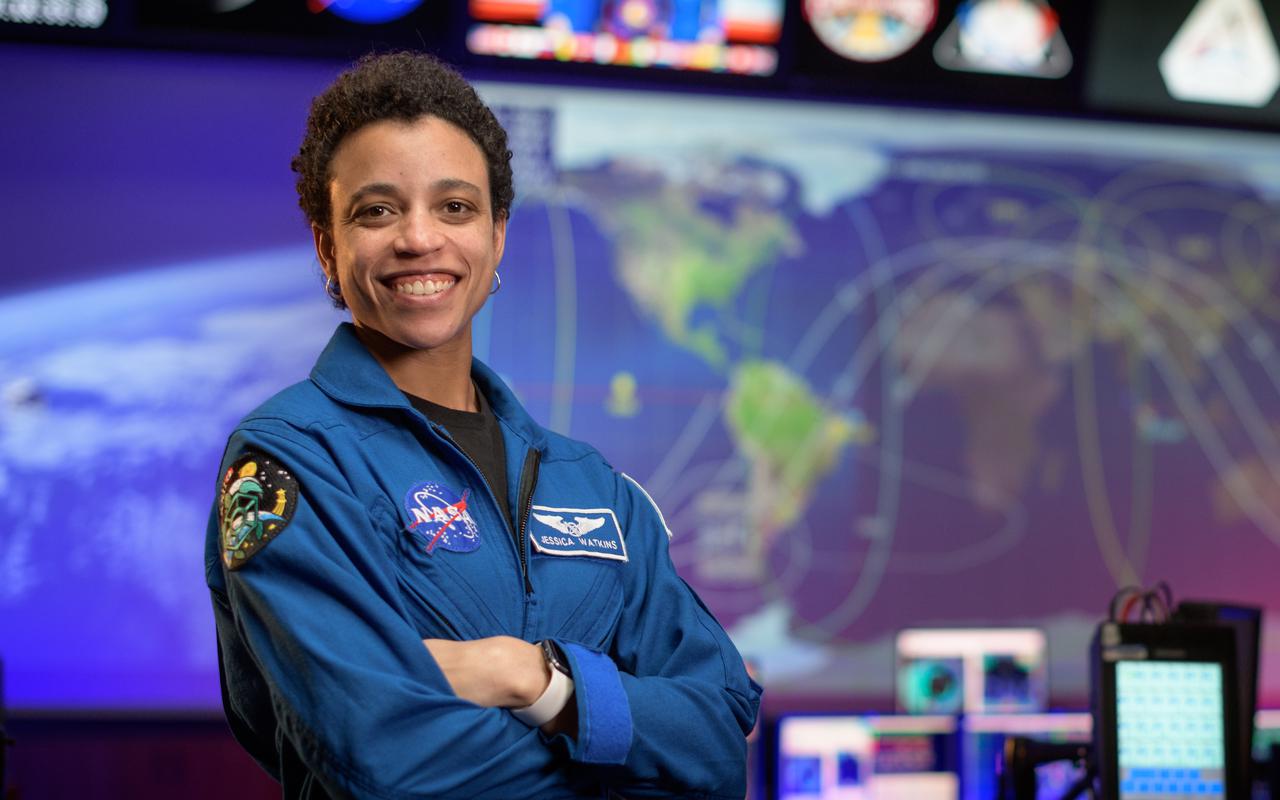
NASA astronaut Jessica Watkins is a geoscientist whose work has stretched from Earth all the way to Mars.
Currently assigned to fly to space for the first time in 2022 with SpaceX's Crew-4 mission to the International Space Station, Watkins was selected to join NASA's 2017 astronaut class before reporting for astronaut training in August of that year. Watkins was one of 12 new NASA astronaut candidates selected out of over 18,300 applicants.
With her first journey to space, a six-month station stay which is scheduled to launch no earlier than April 19, 2022, Watkins is set to become the first Black woman in history to fly as part of an extended space mission.
Related: NASA astronaut Jessica Watkins to set new record in space
Jessica Watkins fun facts
- Born in Gaithersburg, Maryland. Considers her hometown to be Lafayette, Colorado, where her parents still live.
- In her spare time, loves playing rugby, basketball and soccer. She also enjoys skiing, coaching, watching movies and writing.
- Earned a bachelor of science degree in geological and environmental sciences from Stanford University in California
- Earned a doctorate in geology from the University of California, Los Angeles
Pre-astronaut experience
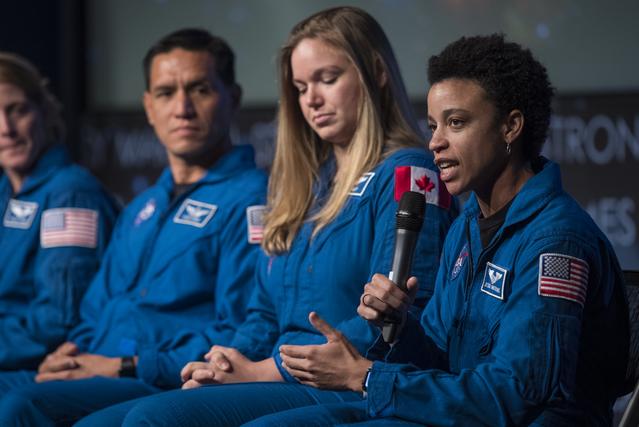
NASA astronaut Jessica Watkins was born on May 14, 1988 in Gaithersburg, Maryland. Later, her family moved to Lafayette, Colorado where she attended Fairview High School.
After high school, Watkins enrolled at Stanford University in California, where she earned a bachelor's degree in geological and environmental sciences. At Stanford, Watkins also played rugby, playing on national teams and even, in 2009, placing 3rd at the Rugby World Cup Sevens with the USA Eagles team.
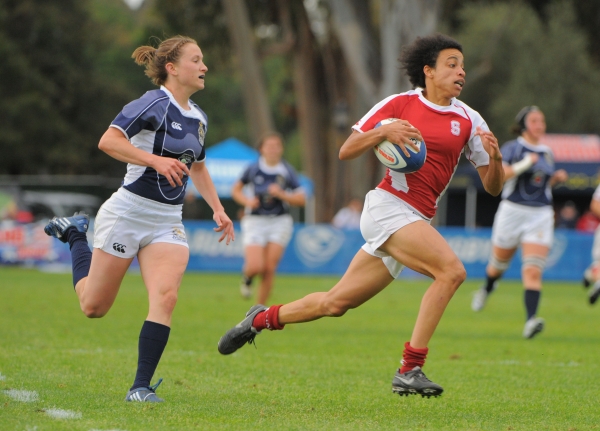
While her rugby career was a pretty serious one, Watkins also more casually plays soccer and enjoys rock climbing as well as skiing, writing and watching movies.
After Stanford, Watkins earned a Ph.D. in geology at the University of California, Los Angeles. She conducted undergraduate internships at NASA's Ames Research Center in California, studying analog Mars soil to support the Phoenix Mars lander mission.
Watkins also participated in a number of analog space missions around this time. During her junior year at Stanford, in 2009, Watkins was a chief geologist for an analog mission with NASA at the Mars Society's Mars Desert Research Station in Utah. Later, in 2011, she worked as a science operations team member for a NASA Desert Research and Technology Studies analog mission.
As a graduate research fellow at UCLA, she studied the Martian surface and conducted her Ph.D. research on emplacement mechanisms behind landslides on both Earth and Mars. (In geology, emplacement refers to the process or state of settling into place.)
For this research, she studied our planet and the Red Planet through geological mapping and the use of orbital images, spectral data and field work. At UCLA, Watkins also worked as a teaching assistant and won the UCLA Chancellor's Prize as well as a scholarship for academic excellence and outstanding original research.
During her time as a graduate student, Watkins also worked in internships at NASA's Jet Propulsion Laboratory in California, doing work including studying near-Earth asteroids spotted by the agency's NEOWISE mission. She also did work supporting NASA's Curiosity rover mission on Mars and did system design testing for the agency's Mars 2020 and Mars sample return missions, which, years later in 2021, landed the Perseverance rover on the Red Planet.
Watkins continued in her research career, beginning a postdoctoral fellowship at the division of geological and planetary sciences at the California Institute of Technology (Caltech). Within this role, Watkins worked as a member of the science team for NASA's Curiosity rover. She collaborated with the team to plan the rover's daily activities, test Martian rocks and investigate the planet's geological history.
At Caltech, Watkins also volunteered as the assistant coach for the school's women's basketball team.
NASA career
In 2017, Watkins was selected as part of NASA's new astronaut candidate class. Her training began in August of this year, lasting about two years.
These two years of astronaut training were comprised of scientific and technical instruction that included extensive coverage of the systems aboard the International Space Station as well as information about spacewalks.
This preparation also involved physiological training, practice flying T-38 supersonic jets, geology training, what NASA refers to as "expeditionary skills" training and training in water and wilderness survival. This survival training has, in the past, included activities like camping (with an emphasis on survival as opposed to leisure.)
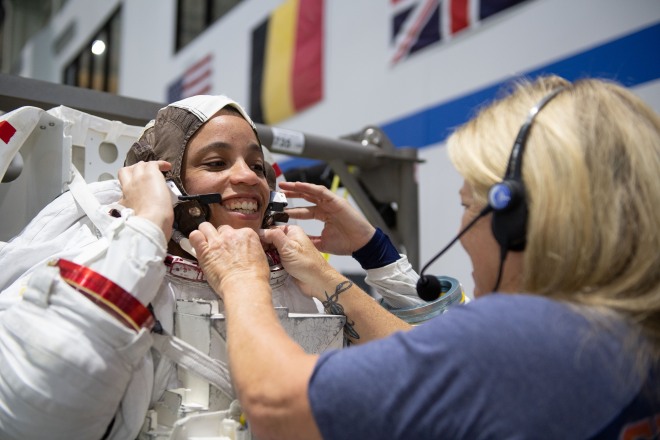
This type of training is typical of NASA astronauts who, historically, have had to be proficient in flying vehicles, scientific knowledge, various technical skillsets and the challenging, physical aspects that come along with flying to and living in space.
In 2019, Watkins completed another analog mission as part of her astronaut training. During this mission, Watkins worked as an aquanaut crew member at the underwater Aquarius habitat off the coast of Florida as part of the NASA Extreme Environment Mission Operations (NEEMO) 23 mission.
Watkins will fly to space for the first time on SpaceX's Crew-4 mission. She will serve as a mission specialist alongside fellow NASA astronaut and mission commander Kjell Lindgren, NASA astronaut and mission pilot Robert Hines and European Space Agency astronaut and mission specialist Samantha Cristoforetti.
This mission will send the crew on a six-month stay aboard the space station where they will live and work, conducting research while in the microgravity environment of the orbiting laboratory.
With this mission, Watkins will become the first Black woman to accomplish an extended mission in space.
Jessica Watkins: Artemis astronaut
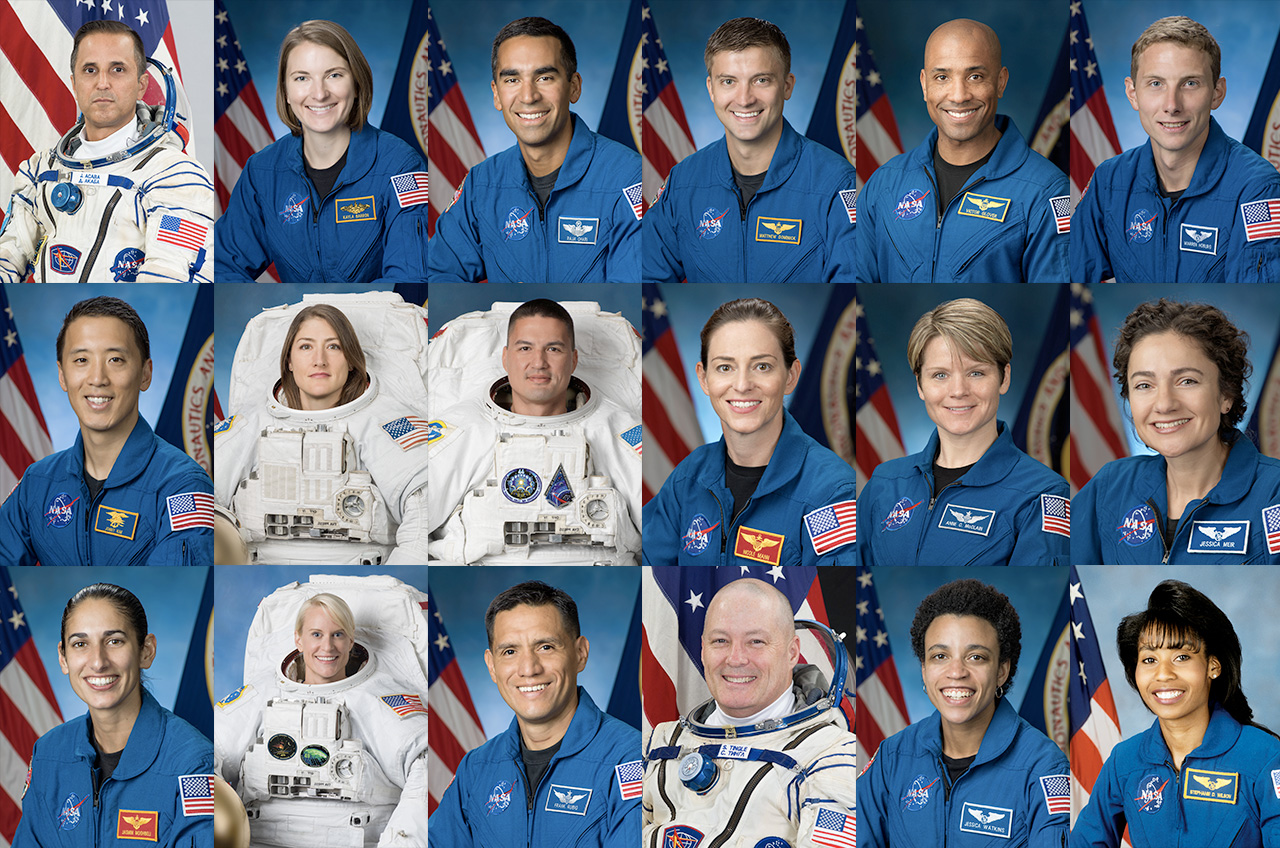
In December 2020, Watkins was announced as one of 18 NASA astronauts who would serve on the space agency's "Artemis Team," a group of astronauts that would train and eventually fly Artemis missions to the moon.
Watkins and her 17 Artemis teammates are set to train to fly on NASA's Orion spacecraft and Space Launch System megarockets as well as the moon landers for NASA's Artemis missions. SpaceX's Starship vehicle has already been selected for use as a moon lander with Artemis, and NASA recently announced it will choose a second company to build a lander as well.
The Artemis team may also fly to Gateway, a planned station that will house traveling astronauts as it orbits the moon and, farther into the future, other deep-space destinations, NASA has said.
NASA's early Artemis moon missions include Artemis 1, an uncrewed flight around the moon launching in mid-2022; Artemis 2, a crewed flight around the moon to launch in 2023; and Artemis 3, the first crewed moon landing of the Artemis program. Artemis 3 is expected to launch no sooner than 2025, though experts expect that this could push to a later date.
Additional resources
- Read Jessica Watkins' official NASA biography
- Follow Jessica Watkins on Instagram
Bibliography
- Jessica Watkins (Ph.D.) NASA Astronaut. NASA. Tonnessen, Dunbar. https://www.nasa.gov/content/jessica-watkins-phd-nasa-astronaut
- Jessica Watkins (Biographies of U.S. Astronauts). http://www.spacefacts.de/bios/astronauts/english/watkins_jessica.htm
- Tectonic and Aqueous Processes in the Formation of Mass-wasting Features on Mars and Earth. Watkins. https://escholarship.org/uc/item/99q0f8x9
- NASA Names Artemis Team of Astronauts Eligible for Early Moon Missions, Dec. 9, 2020.
https://www.nasa.gov/press-release/nasa-names-artemis-team-of-astronauts-eligible-for-early-moon-missions
Email Chelsea Gohd at cgohd@space.com or follow her on Twitter @chelsea_gohd. Follow us on Twitter @Spacedotcom and on Facebook.
Join our Space Forums to keep talking space on the latest missions, night sky and more! And if you have a news tip, correction or comment, let us know at: community@space.com.
Get the Space.com Newsletter
Breaking space news, the latest updates on rocket launches, skywatching events and more!

Chelsea “Foxanne” Gohd joined Space.com in 2018 and is now a Senior Writer, writing about everything from climate change to planetary science and human spaceflight in both articles and on-camera in videos. With a degree in Public Health and biological sciences, Chelsea has written and worked for institutions including the American Museum of Natural History, Scientific American, Discover Magazine Blog, Astronomy Magazine and Live Science. When not writing, editing or filming something space-y, Chelsea "Foxanne" Gohd is writing music and performing as Foxanne, even launching a song to space in 2021 with Inspiration4. You can follow her on Twitter @chelsea_gohd and @foxannemusic.










